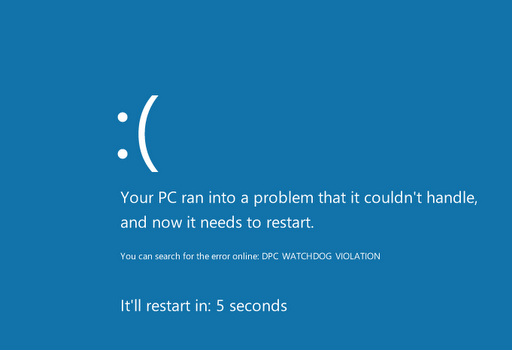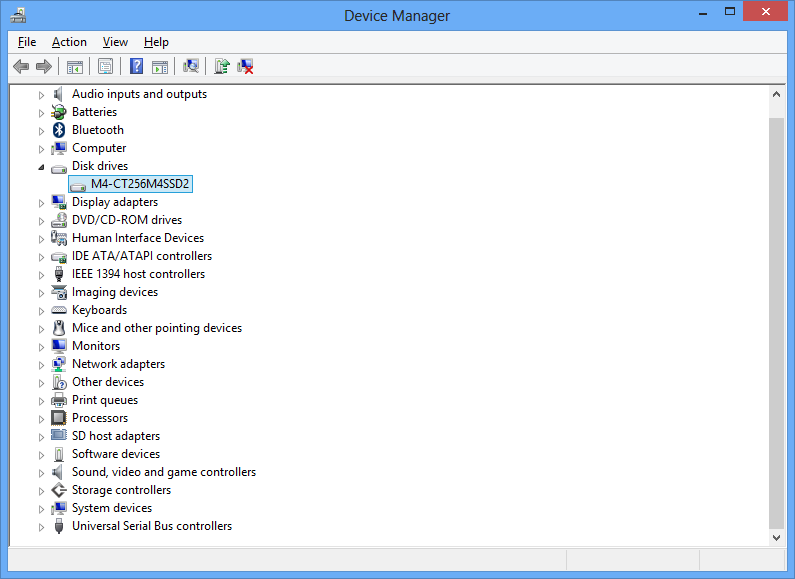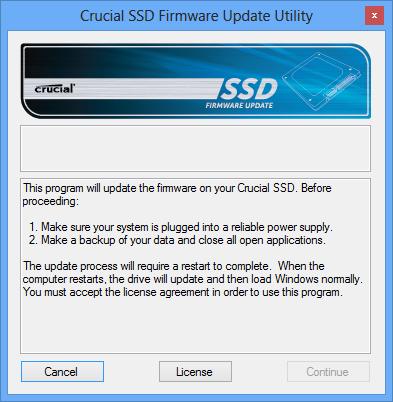-
-
products
-
resources
-
support
-
company
-
A Guide to the DPC_WATCHDOG_VIOLATION Blue Screen of Death Error
By Steve Horton November 05, 2012Blue Screen of Death, bsod, DPC_WATCHDOG_VIOLATION, windows 10, windows 8148 CommentsThis article is part of a continuing series on Blue Screen of Death errors. A Blue Screen of Death (BSoD) is the error screen you see when Windows has a major issue. It halts the PC and displays some very important information.
Depending on the error message you get, the steps you need to take are different.
Error Name
DPC_WATCHDOG_VIOLATION
DPC_WATCHDOG_VIOLATION may appear under another error name, but with a code of 0x133.

This BSOD has to do with your solid state drive.How to Fix This BSoD
1. Updating your Hard Drive’s Firmware
DPC_WATCHDOG_VIOLATION is very common if you have a Solid State Drive (SSD) in Windows 8 or 10. Many SSDs can’t handle Windows 8 or 10 correctly until you update the firmware on the drive. Firmware means memory and code on the device itself that controls it. The newer the firmware, the more likely it is to handle something new. (For example, if you own a Blu-Ray player, odds are you’ve updated it at least once through the Internet. That’s firmware.)
To update the firmware of your SSD, you first need to retrieve the model number.
- Press Windows Key + X to bring up the Power User menu
- Click Control Panel
- Click System when viewing by Small Icons
- Click Device Manager
- Click the arrow next to Disk Drives
- Record the model number and Google it along with the word “firmware”

You can find your SSD’s model number here.Once you perform this update and reboot, you shouldn’t get the error anymore.

Some manufacturers auto-update firmware.2. Replacing the Problematic Driver
You may also run into this problem if the iastor.sys driver is not compatible with Windows 8 or 10.
An easy fix here is to replace the problematic driver with Microsoft’s default driver for the device.
Here’s how you do it:
- Right-click the Start icon and select Device Manager.
- Expand IDE ATA/ATAPI controllers.
- Select the controller with “SATA AHCI” in its name (such as Standard SATA AHCI Controller). To verify that you’ve selected the right controller, right-click the controller, select Properties, click the Driver tab, and then Driver Details. Verify that iastor.sys is a listed driver, and click OK.
- From the Driver tab, select Update Driver…
- Select Browse my computer for driver software.
- Select Let me pick from a list of device drivers on my computer.
- Select Standard SATA AHCI Controller.
Click Next, then Close, and then restart your computer.
Alternate Solutions and Final Thoughts
We’ve been seeing this issue even on Windows 8 and 10 PCs that don’t have solid state drives. If your drive is more than 256 gigabytes, it’s likely it’s a traditional hard drive.
In this case, update all the drivers on your PC. You can either manually run the Windows Update, or try use Driver Reviver to update all the drivers on your PC with one click.
Good luck!
Was this post helpful?YesNoFree Driver Updates
Update your drivers in less than 2 minutes to enjoy better PC performance - Free.
Free Driver Updates
Update your drivers in less than 2 minutes to enjoy better
PC performance - Free.
Didn't find your answer?Ask a question to our community of experts from around the world and receive an answer in no time at all.most relevant recent articles Pin It on Pinterest